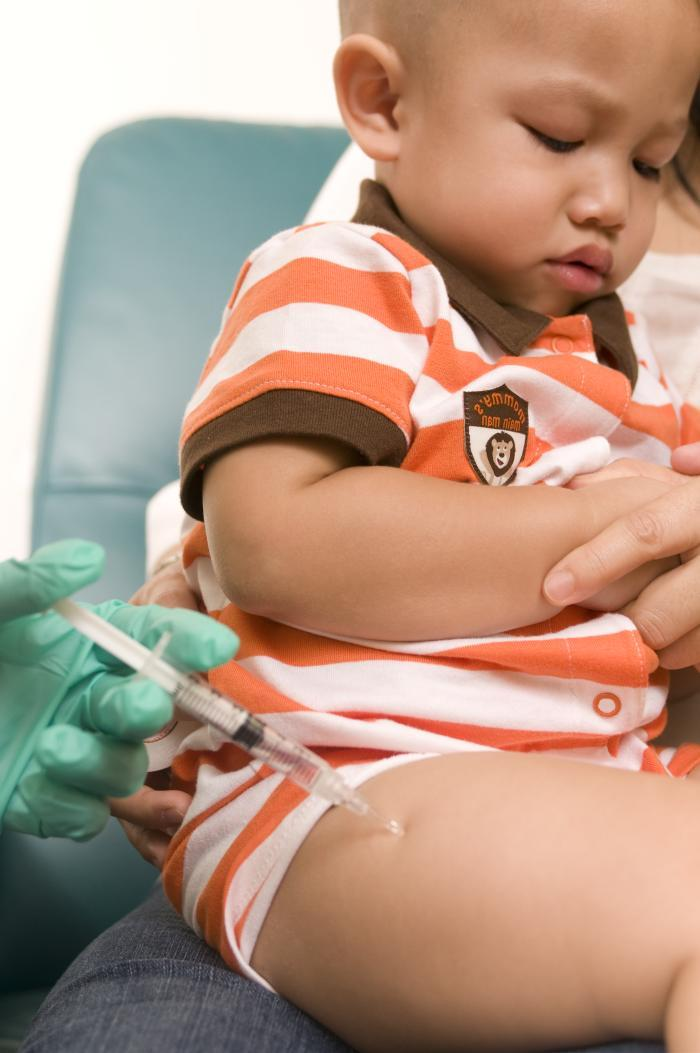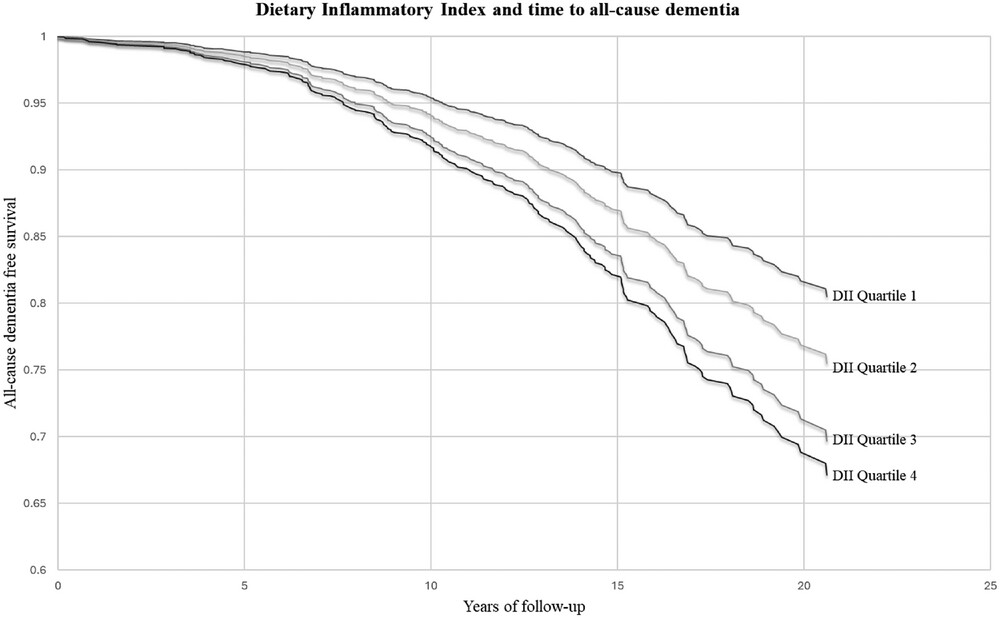
The Centers for Disease Control and Prevention reports that up to 86% of new COVID-19 cases are linked to the latest mutation, JN.1. The most recent COVID vaccines are expected to help reduce the likelihood of severe illness or hospitalization from JN.1.
Rogelio V. Solis/AP
hide caption
toggle caption
Rogelio V. Solis/AP

The Centers for Disease Control and Prevention reports that up to 86% of new COVID-19 cases are linked to the latest mutation, JN.1. The most recent COVID vaccines are expected to help reduce the likelihood of severe illness or hospitalization from JN.1.
Rogelio V. Solis/AP
A new, fast-spreading version of COVID-19 is spreading across the country, making it the most commonly circulating strain of the virus in the U.S. and globally, according to the Centers for Disease Control and Prevention. The mutation, known as JN.1, is a subvariant of Omicron first identified by the World Health Organization in late August. At the time, it seemed to be spreading slowly, but as temperatures have dropped, JN.1 has surged. In mid-October, CDC data showed JN.1 accounted for about 0.1% of all COVID-19 cases nationwide. As of Jan. 20, the CDC estimates that this has now risen to approximately 86%.
“Most likely, if you’re contracting COVID right now, you’re getting this specific variant mutation,” said Eyal Oren, a director and professor of epidemiology at the School of Public Health at San Diego State University, in an interview with NPR.

Oren added that one of the reasons for the recent surge is that the virus is evolving so rapidly that “our immune systems have not been able to keep up.” Another reason is that “not enough Americans are vaccinated,” according to the CDC. Earlier this month, only 11% of children and 21% of adults were reported to have received the updated COVID-19 vaccine. Meanwhile, only 40% of adults age 65 and older, the highest-risk group, have received the updated vaccine in the last year. The CDC states that COVID-19 vaccines can reduce severe illness and hospitalizations.

The low rates of COVD-19 vaccinations, as well as those for influenza and respiratory syncytial virus (RSV), are so concerning that the CDC issued an alert to health care workers last month. The combination of rising flu, RSV, and COVID cases “could lead to more severe disease and increased healthcare capacity strain in the coming weeks,” the agency predicted. People may mistakenly assume that the current COVID booster won’t protect them from JN.1 or other new strains, Oren said. However, the latest vaccines from Pfizer-BioNTech, Moderna, and Novavax are all expected to help reduce the likelihood of severe illness or hospitalization from JN.1.
What are the symptoms of JN.1? CDC data indicates that this strain is no more severe than previous versions, and the list of symptoms remains consistent with those of COVID-19 in recent years: fever, chills, coughing, muscle aches, shortness of breath, sore throat, congestion, headaches, fatigue, and loss of taste or smell.

Oren noted that most of the list consists of symptoms that could be mistaken for those caused by other viruses common during winter months, including the flu, RSV, or the common cold. “That’s why it’s so important to get vaccinated and to get tested [for COVID], particularly if someone is at higher risk of severe outcomes,” he said.
How to stay safe Oren urged all individuals, especially those in high-risk categories, to take precautions by wearing masks, avoiding crowded places, and washing their hands. “And if you’re sick, stay home,” he said. The CDC reported that over the last four weeks, hospitalizations in all age groups increased by 200% for influenza, 51% for COVID-19, and 60% for RSV. The federal government provides free rapid COVID-19 tests through the mail. Four free tests can be ordered at COVIDTests.gov and will be delivered by the U.S. Postal Service.













